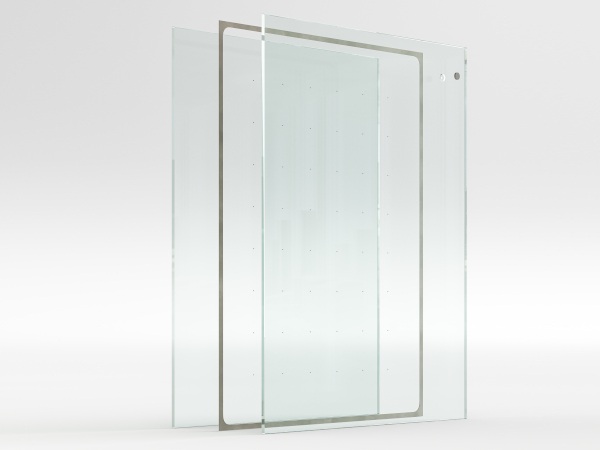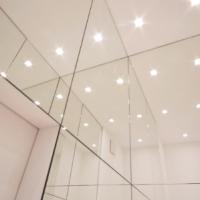Date: 7 February 2013
The presentation, which was based on a study Guardian conducted, noted that the main goal of the study was the investigation of “real-world implications of the National Fenestration Rating Council (NFRC) 500 condensation resistance (CR) number as it pertains to the use of fourth-surface low-E coatings in cold environments in conjunction with a low-E on the third surface of a dual-glazed insulating glass unit (IGU).”For the study, which took place between Fall 2011 and Fall 2012, six double-hung windows with vinyl frames were examined.The windows had a 16-mm gap with 90-percent argon, 10-percent air fill.
Additionally, interior temperature was maintained at 70 degrees Fahrenheit with three different relative humidity (RH) levels of 30 percent, 40 percent and 50 percent. Outdoor conditions included a 12.3-mile-per-hour wind, temperatures varying between 65 to -20 degrees Fahrenheit, held steady between 0 and -20 degrees Fahrenheit at night.
The presentation included videos of the condensation tests performed to show the differences in condensation between the traditional low-E window and the traditional low-E with surface 4 coating. Results of the 30-percent tests showed relative consistency in the levels of condensations, similar to the results seen for the 40-percent condensation tests. The 50-percent test showed that the fourth surface coated window had condensation which appeared much more quickly and grew at a faster rate than the lower humidity tests.
“The condensation front only differed for about a ½ inch to an inch with the addition of the surface four; when you get to higher humidity you see the fully condensed surface,” said Green. “The basis of this study was to determine if CR was a good method for determining condensation; we found it was a fairly good predictor.”














Add new comment